NCERT Solutions
Get insights from 64 questions on NCERT Solutions, answered by students, alumni, and experts. You may also ask and answer any question you like about NCERT Solutions
Follow Ask QuestionQuestions
Discussions
Active Users
Followers
New answer posted
5 months agoContributor-Level 10
30.
30. For inequality y+8 ≤ 2x, the equation of the line is y+8=2x. We consider the table below to plot of y+8=2x.
The line devides the xy-plane into half planer I and II. We select a point (0,0) and check the correctness of the inequality.
i.e., 0+8 ≤ 2 * 0
0 ≤ 0 which is true.
So, the solution region is I which includes the rigin (0,0). The continuous line also indicates that any points on the line also satisfy the given inequality.
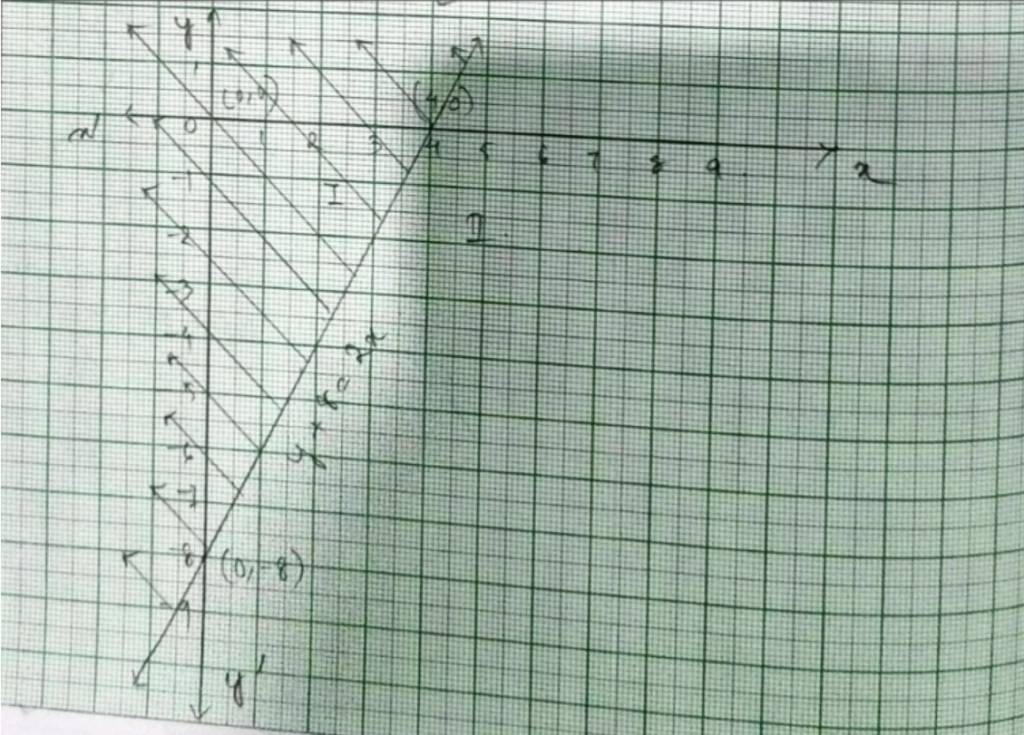
New answer posted
5 months agoContributor-Level 10
29. For inequality 3x+4y≥ 12 the equation of the line is 3x+4y=12
We consider the table below to plot 3x+4y=12.
This line devides the xy-plane into half planer I and II.
We select point 0 (0,0) and check the correctness of the inequality.
i.e., 3 * 0+4 * 0 ≤ 12.
0+0 ≤ 12
0 ≤12 which is true.
So, the solution region is I which includes the origin (0,0). The continuous line also indicates that any points in the line also satisfy the given inequality.
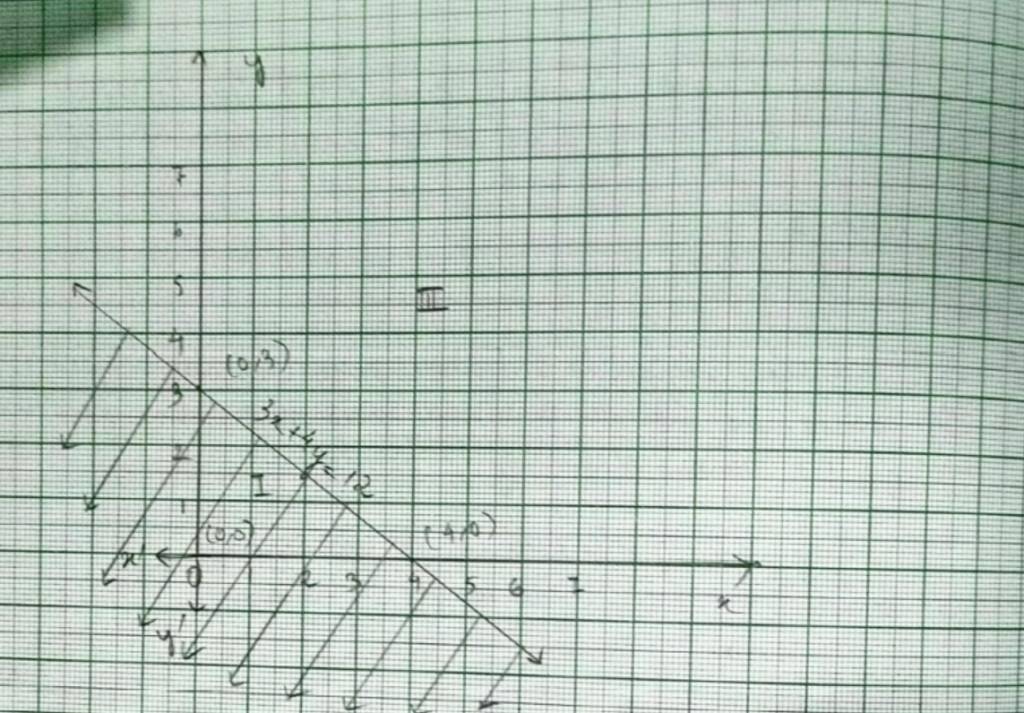
New answer posted
5 months agoContributor-Level 10
28. For inequality, 2x+y≥ 6, the equation of line is 2x+y=6.
We consider the table below to pot 2x+y=6.
Graph of 2x+y=6 is given as a continuous line in fig 2.
This line divides xy-plane in two half planes I and II.
We select 0 (0,0) and check the correctness of the inequality.
is 2 * 0+0 ≥ 6.
0 ≥ 6 which is false.
So, the solution region is II where origin (0,0) is included.
The continuous line indicates that any point on the line. also satisfy the given inequality.

New question posted
5 months agoNew question posted
5 months agoNew answer posted
5 months agoContributor-Level 10
7. i. Let the points be P (0, 7, –10), Q (1, 6, –6) and R (4, 9, –6)
So,
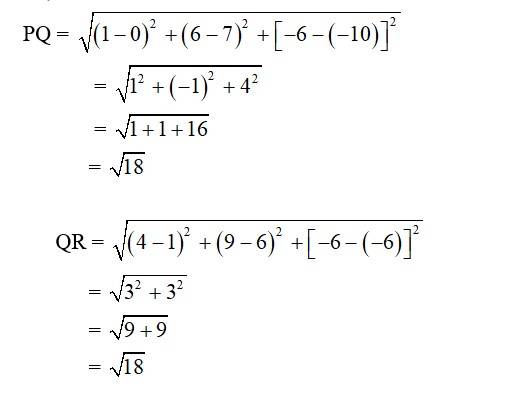
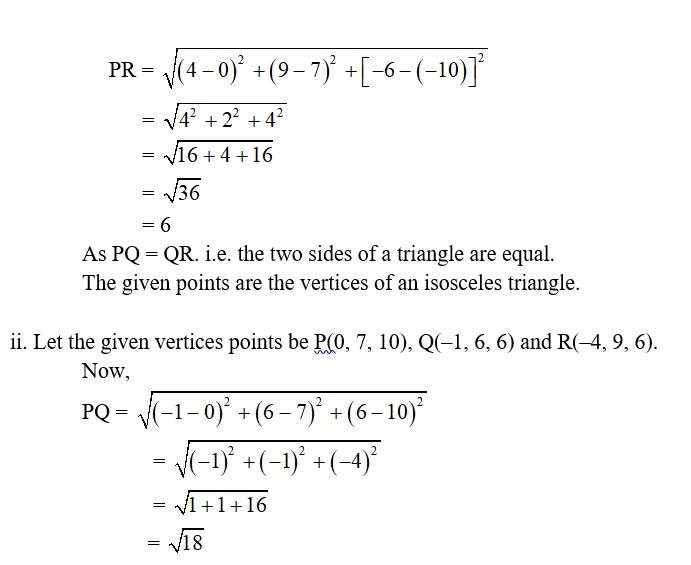
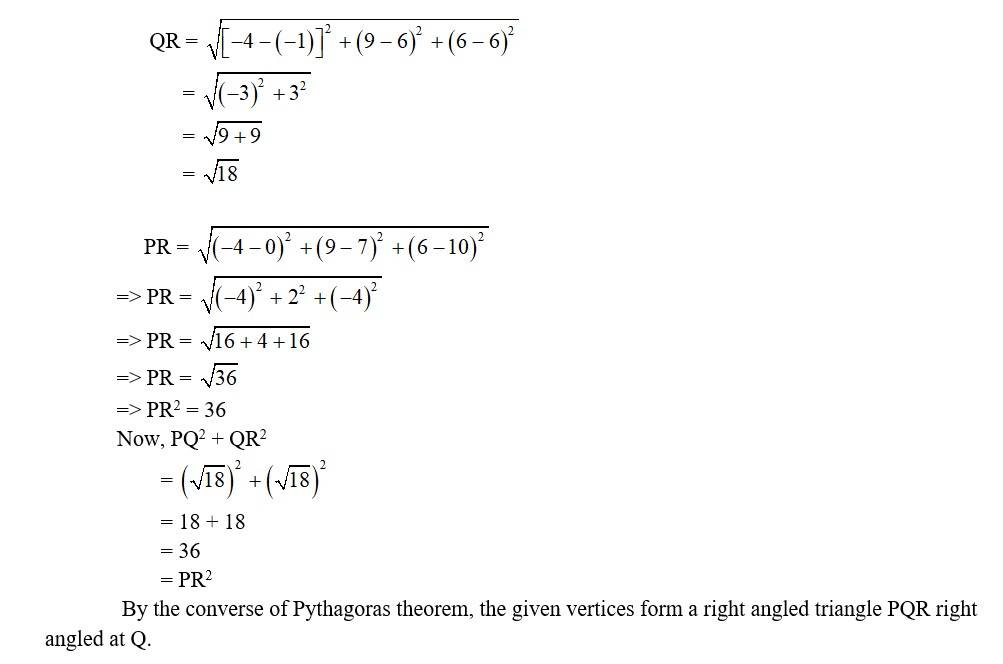


New answer posted
5 months agoContributor-Level 10
6. Here, an=n
Putting n=1,2,3,4,5 we get,
Hence, the first five terms are .
New answer posted
5 months agoContributor-Level 10
3. Here an=2n
Substituting n=1,2,3,4,5 we get,
a1=21=2
a2=22=4
a3=23=8
a4=a4=16
a5=25=32.
Hence the first five terns are 2,4,16,32 and 64.
New answer posted
5 months agoContributor-Level 10
2. Here, a1=
Substituting n=1,2,3,4,5 we get,
.
Hence the first five terns are and .
Taking an Exam? Selecting a College?
Get authentic answers from experts, students and alumni that you won't find anywhere else
Sign Up on ShikshaOn Shiksha, get access to
- 66k Colleges
- 1.2k Exams
- 680k Reviews
- 1800k Answers
